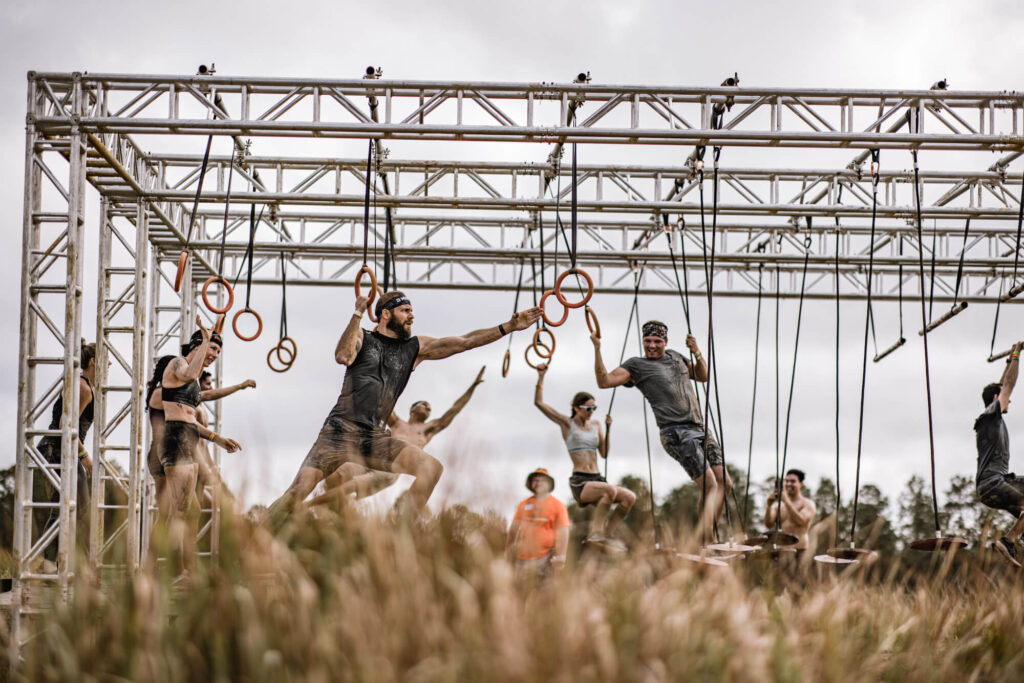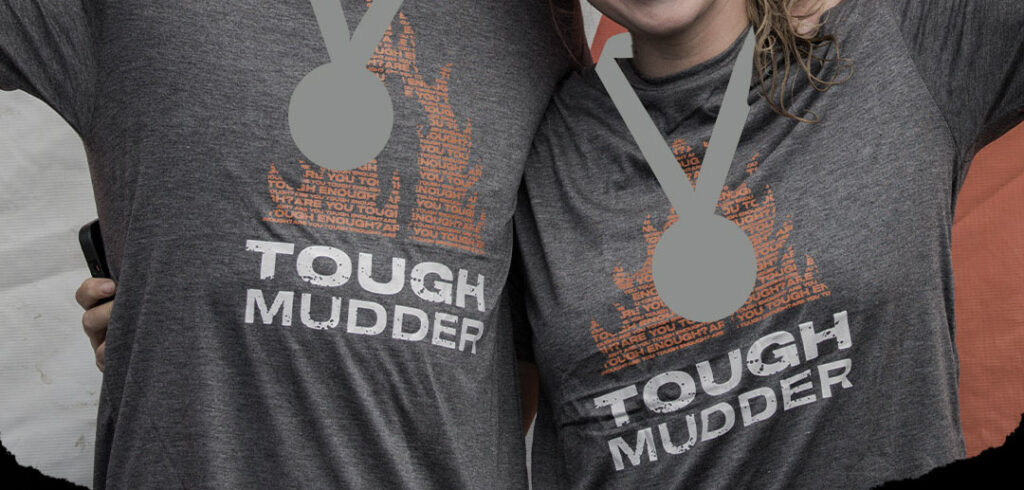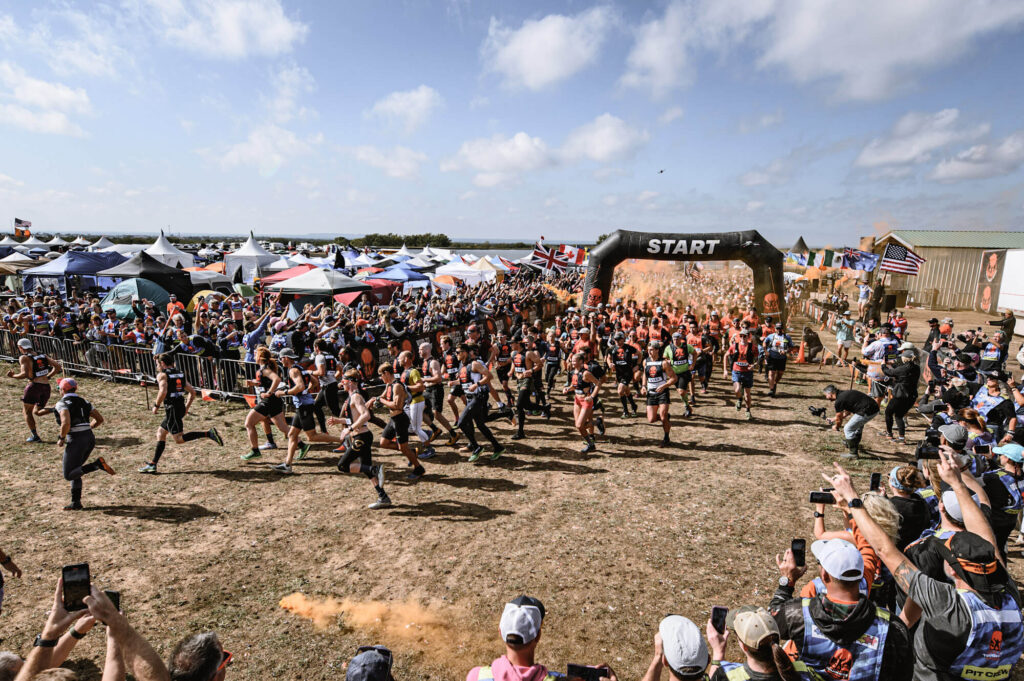As an athlete, you know that what you eat can have a big impact on your training and performance. After all, food is the fuel your body uses to run, jump, and power your way through Tough Mudder obstacles.
But what about when you eat? According to a growing body of research, scheduling when you eat—and, more importantly, when you don’t—could affect everything from your endurance to your overall health. It’s an approach called intermittent fasting (IF), and lately, it’s been gaining traction in the athletic world.
What is intermittent fasting?
Praised by such fit celebs as Chris Pratt, Hugh Jackman, and Jennifer Lopez, intermittent fasting is a timed method of eating marked by strategic fasts, or intervals when you abstain from food or greatly restrict your calorie intake. It’s often coupled with the low-carb, high-fat-and-protein ketogenic or “keto” diet, but the two don’t have to be practiced together.
There are several approaches to IF, with some being more extreme than others. One of the more popular is the 16:8 method, where you fast for 16 hours each day, including the hours you’re sleeping, and otherwise eat as you normally would. (Some proponents are a little more flexible, and fast anywhere from 12 to 18 hours.) Another is the 5:2 method, which breaks down to five days a week of normal, unrestricted eating and two “fast days” where you consume only about 500-600 calories.
What are the benefits of intermittent fasting?
While it’s more of an eating pattern than a diet, research shows that intermittent fasting is effective when it comes to weight loss and fat loss. In fact, a systematic review of 40 studies found that those who practiced any version of IF typically lost between 7 and 11 pounds in 10 weeks.
But there’s a catch: Overall, researchers found that IF wasn’t any more effective than a traditional diet plan that calls for continuously restricting calories.
Increasingly, though, studies are starting to link IF to a host of other benefits, from improved blood sugar levels, mood, and memory to decreased risk of heart disease, cancer, and even such neurodegenerative diseases as Alzheimer’s and Parkinson’s.
So what’s the connection between these various health issues and fasting?
One way to think about it is to remember that the body is an energetic system, says Anthony Crifase, DC, a licensed dietitian-nutritionist, board-certified sports nutritionist, and certified personal trainer based in Denver. “If one subsystem is constantly using energy, that can take away energy from the whole. So, if someone is constantly eating or snacking, then all of the body’s energy and metabolic resources will be going to breaking down food,” he explains. In this case, those resources aren’t being delegated to other systems of the body that need them, and that’s when problems can arise.
Is intermittent fasting a good idea for athletes?
For this same reason, IF may be a boon for athletes in training. Fasting gives the body a strategic break from the process of digestion and allows it to focus on muscle recovery, says Dr. Crifase, who personally fasts for 16 hours each day, eating only between the hours of 8 a.m. and 4 p.m.
If the athlete is healthy, IF and its indirect actions can help reduce inflammation, improve blood delivery to tissues, and improve the body’s response to stress, he adds. The result is a quicker recoup after a tough workout.
Endurance athletes may also benefit from training in a fasted state, says Serena Hunt, a Brooklyn-based registered dietitian-nutritionist who specializes in nutrition for runners. Doing an aerobic workout on empty may increase the body’s ability to “practice” using stored body fat (rather than sugar from food) for fuel.
“Ultimately, racing while fueled will enhance athletic performance, but fasted workouts could potentially help you feel less fatigued when your body ‘hits the wall’ later in a race,” Hunt says.
The research is still inconsistent in this area, though, so Hunt recommends doing fasted aerobic exercise just once a week, to see if it works for you.
As an athlete who regularly runs half marathons and cross-trains with HIIT and kettlebell workouts, Hunt has experimented with 14- to 16-hour daily fasts but struggled to pack enough calories and protein into such a narrow eating window, which led to hunger and late-night eating.
Because of this experience, the maximum daily fasting period she recommends to her clients is 12 hours. “I find that it’s easy to have an early dinner, skip the late-night snacking, and still eat breakfast the next day while maintaining a 12-hour fast,” she says.
But, she adds, regardless of the IF approach an athlete may take, he or she should make it a priority to refuel within 30 minutes after a workout. (These post-workout recovery bites are a good option.) “Consuming a meal or snack with 20 to 30 grams of protein and 60 to 90 grams of carbohydrates in this timeframe is consistently correlated with improved recovery,” she says. “And athletes especially should choose nutrient-dense sources of carbohydrates like starchy vegetables, beans, and whole grains as well as healthy fats such as avocado or olive oil and high-quality protein.”
Always Consult a Doctor Before Starting a New Diet Plan
Both Hunt and Dr. Crifase agree that there’s no one-size-fits-all approach when it comes to intermittent fasting, and it’s a smart idea for anyone to check with their healthcare professional before adopting a new eating pattern—especially anyone with a serious health condition, since IF can affect blood sugar levels and blood pressure.
But while more research needs to be done on the benefits of IF for athletes, there’s good evidence that it may be a useful addition to athletic training for healthy individuals. Just be sure to ease into it and listen to your body, says Dr. Crifase. “It all depends on how the person feels and what is best for his or her individual needs.”
Kaitlin Ahern is a HIIT-loving fitness enthusiast who saves all her miles for Saturdays. She has completed two half marathons and a pair of 200-mile relay runs.




